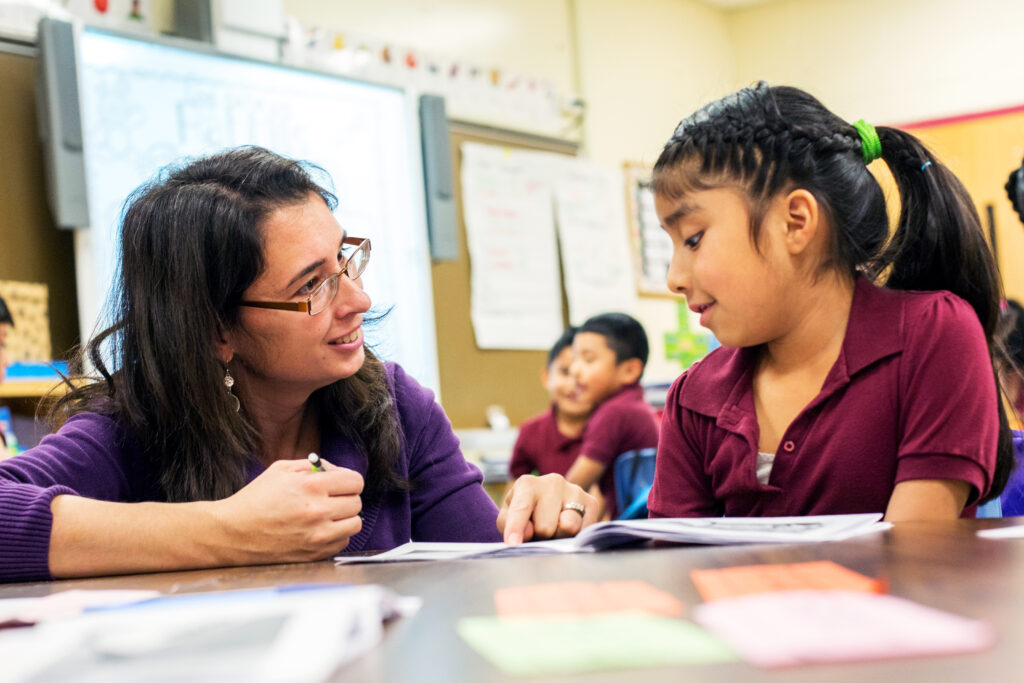


I recently visited a second grade classroom to sit in on their Writing Workshop. After the mini-lesson, the children settled into their writing spots and I took the opportunity to hone my conferring skills. I found Crystal nestled on a giant pillow in the library area. I sat down and introduced myself and asked what she was working on. She began to tell me about her piece then paused mid-sentence, looked directly at me, and asked, “Are you a writer?”
I considered the girl’s question and chuckled to myself as I wondered if she would modify her explanation based on my answer. And since I wasn’t completely sure of the ‘right’ answer, I figured the best way to respond was, of course, with a question.
“How do you know if you are a writer?” I asked.
“Well, do you write?” She countered with just the right amount of attitude for what now seemed like my silly question.
“Yes, I do.” I said.
“Then you are a writer!” she said, seeming relieved.
Phew! I was relieved too. “Yes, I am a writer and you are a writer too.”
I was ready to get back to talking about her piece, but she wasn’t done yet. She fired off her next question. “What do you like to write about?”
I thought for a moment. “Well, I like to write about special things that happen to me and about people I meet,” I said.
She smiled and said, “I like to write about my family and my friends. I am writing about shopping with my mom and sister.”
This exchange got me thinking. While I was ready to jump right into a conference about Crystal’s piece, she was looking for connection first. She wanted – or needed – to know something about me before she was ready to share. It was almost like she was making sure I would be a sympathetic reader of her important thoughts and ideas. I imagine her thinking, “only another writer will understand.” It reminded me of how intimate and personal writing can be, how it requires you to be vulnerable.
It also reminded me how important it is for us, as teachers, to claim the title of writer. If we want children to see themselves as writers we need to nurture our own writing identity. We can do this by noticing our behaviors, habits, and preferences as we write throughout our day – in our emails, journals, lesson plans, and shared writing pieces.
Here are some things to consider, notice, or “get to know” about your own writing style and preferences:
It’s only when we know ourselves as writers that we can have meaningful and authentic conversations with children about what it means to be a writer. We can confidently sit side by side with the children in our rooms, connect with them, and share – writer to writer.
___________________________________
Written by Caryn Henning & Sara Lazrow
